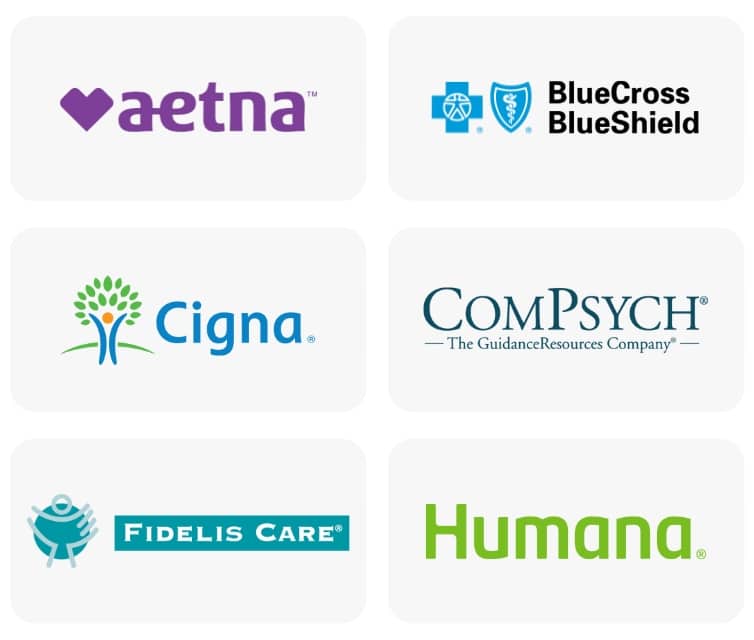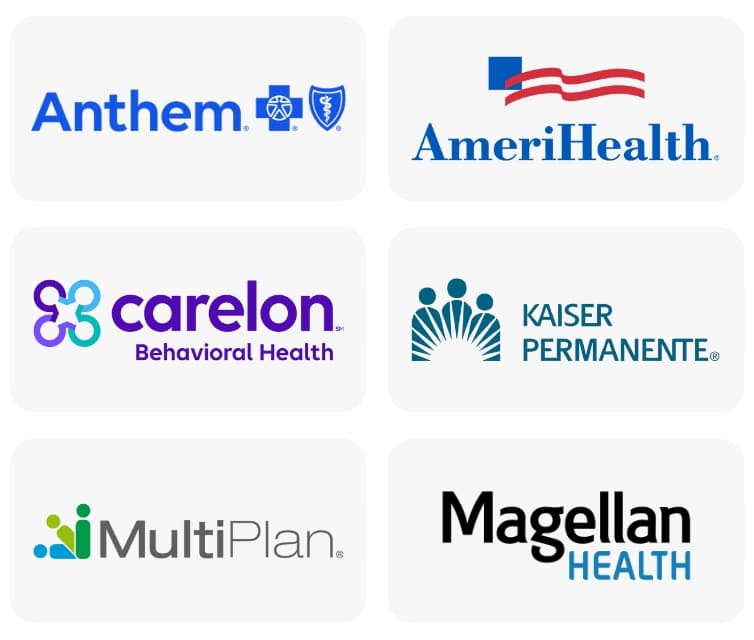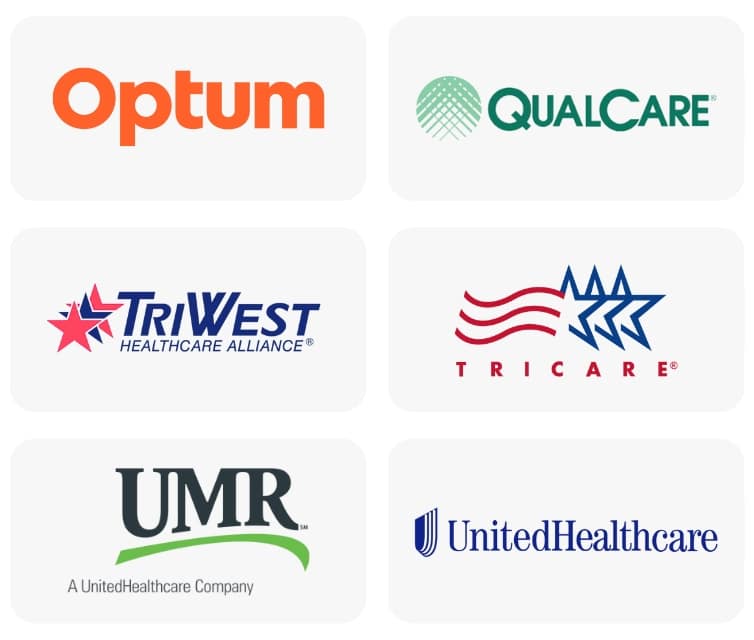Skip To Section
Some people enter a recovery home after exiting an inpatient treatment program. Others live in a recovery home while they attend outpatient treatment.
The National Association of Recovery Residences (NARR) was founded in 2011 to promote this type of housing for people overcoming addiction, by creating a set of standards and credentials that recovery homes could apply for and implement. This ensures a higher standard of safety and excellence in care at recovery homes across the United States.

What Is A Recovery Home?
Sober living and recovery homes, also known as transitional living, offer a safe and supportive environment for individuals who are in the process of recovering from drug addiction. These homes provide a structured living situation with rules and regulations to help residents maintain sobriety and continue their recovery journey.
Goals of a Recovery Home
The ultimate goal of any type of recovery house is to increase a person’s stability, improve their functioning, and move the person toward a stable life in their community. Each recovery home has different external regulations based on local and state laws, along with which model it is based on or which organization created the home.
The Basics of Good Recovery Homes
The goal of sober living homes is to provide a transitional space for individuals who have completed a rehabilitation program but are not yet ready to live independently in society.
Many recovery homes are linked to specific addiction treatment programs, and these can be good places to start your search. If you choose a recovery home that has a connection with your addiction treatment program, you’ll know that the house rules and overall mentality will meld well with your treatment.
There is a wide variation in quality levels of recovery homes. Here are some basics to look for as you start your search:
Recovery housing is typically not licensed or regulated by the government because they are considered “peer-run” residences. However, some states may require registration or certification for these facilities. It’s important to ask about the accreditation or certification status when looking into sober living homes.
When considering sober living options, it’s important to understand state and local laws that regulate these types of housing. Questions about state and local laws for recovery housing can be addressed to administrators at your rehabilitation program. These representatives can often help you find a new living situation.
Sober living and recovery homes are offered in the following levels of care:
In addition to following local, state, and federal laws, each recovery house should adhere to building safety codes, fire safety codes, and “good neighbor” policies that keep the exterior of the house and associated yard or other property in good, clean, working condition.
Most recovery homes require residents to have completed detox and rehabilitation, have a sponsor for a mutual support group or a regular therapist, and have a way of paying their rent and bills. Most residents search for employment to pay their bills, but they often use savings or financial help from loved ones to get started. These are basic safety measures to ensure residents stay sober and working through the recovery process.
Unlike rehabilitation, recovery houses are not formal treatment programs. Instead, they provide a living space that disallows drugs and alcohol on the premises, with rare exceptions for prescription medications like antidepressants. Homes are run by peers who have worked through the aftercare and recovery process for longer than most of the residents.
These individuals oversee the small or medium-sized group of residents, manage repairs and rent payments, and oversee the residents’ council. Recovery house residents are accountable to each other to follow the rules rather than a social worker, doctor, or therapist. Each house will have specific rules about chores, shared finances, house dinners, and other types of meetings. You will be required to do some chores to maintain the house, and you will be required to meet at least once a week with other residents. The intensity and frequency of these requirements vary by house.
The internal support structure of a recovery home focuses on residents working together. Chores, regular meetings, and, shared expenses help to bring the house together. In some homes, counselors will come in to lead support group meetings. In others, residents essentially live in separate apartments and are only required to interact once a week for council meetings. Regardless of the specifics, the support structure is based on peer support rather than professional medical support or family support.
While living in recovery housing, many residents take the opportunity to reconnect with friends and family members they may not have spoken to very much while in a more intense rehabilitation program. This can be part of the process of building a strong support system in early recovery. Living in a sober living home, rather than back at home, can give newly sober individuals the space to rebuild these relationships with family members safely before returning to live together again. Ultimately, recovery homes exist to provide a safer, more stable environment than the person’s home life may provide. The person may also focus on finding new friends through work and sober social groups. Other residents of the recovery home may provide vital support too.
Finding the best type of residence for you can take some effort, but understanding how much support you need, and what kind of support, can help you find the right group to live with. You may ask your case manager, therapist, or social worker at your rehabilitation program for help finding the right transitional residence.
Some recovery homes accept applicants who need post-rehabilitation housing whenever a room becomes available. Others take applications and have the residential council vote on potential new housemates. Inquire with the specific recovery home that interests you regarding their practices.
If a resident relapses back into substance abuse, they have broken the rules of the recovery house. However, this does not mean the resident is kicked out without options. Instead, they receive a greater level of support to detox again and return to a rehabilitation program. Relapses can be fatal. Recovery homes, especially those certified by NARR, support the ongoing recovery process to keep residents safe.
What Are the Benefits of a Recovery Home?
The benefits of sober living and recovery housing can include:
- 24/7 staff support
- Rules and accountability measures
- Recovery resources
- Planned activities
- Peer and community led support groups
- Life skills counseling
- Comfortable apartment-style living
- Appointment scheduling assistance
- Transportation to clinical programming
24/7 Staff Support
Recovery homes typically have trained staff members available around the clock to support residents. This can provide a sense of security and safety for individuals who may struggle with cravings or triggers at any time of day.
Rules and Accountability Measures
Most recovery homes have strict guidelines around maintaining sobriety, attending regular meetings, completing household chores, and following a curfew. These rules are in place to create a safe and supportive environment for all residents. To enforce these rules, homes employ accountability measures, such as drug testing and regular check-ins with staff members.
Recovery Resources
Many recovery homes also offer additional recovery resources and support for residents. This can include access to therapy and counseling services, job training programs, and educational opportunities. These resources are designed to help individuals develop the necessary skills and tools to maintain their sobriety long-term.
Planned Activities
Many recovery homes offer planned activities such as group outings, fitness classes, or volunteer opportunities. These activities not only promote healthy habits but also help residents develop new interests and hobbies outside of substance use.
Peer & Community Led Support Groups
In addition to professional staff support, many recovery homes also offer peer and community-led support groups. These groups can provide a sense of camaraderie and understanding for individuals going through similar experiences. They also offer a safe space to share struggles, successes, and receive emotional support from others who have been in their shoes.
Life Skills Counseling
Life skills counseling is another key component of recovery homes. These sessions aim to teach individuals practical skills that can help them maintain their sobriety and successfully integrate back into society. Some common topics covered in life skills counseling include budgeting, time management, job seeking and interviewing, healthy communication, and coping mechanisms for stress and cravings.
Comfortable Apartment-style Living
Recovery homes often provide comfortable apartment-style living to give individuals a sense of independence and responsibility. The apartments are fully furnished and equipped with all the necessary amenities, allowing residents to focus on their recovery without worrying about basic living needs.
Residents have access to communal spaces such as shared kitchens and living rooms where they can socialize and build relationships with others in the home. This type of supportive and welcoming environment is crucial for those in recovery, as it helps them feel more at ease and less isolated during their journey.
Appointment Scheduling Assistance
Many recovery homes have on-site staff who can assist with scheduling appointments and coordinating transportation. This level of support can be especially beneficial for those who may struggle with organization or may feel overwhelmed by managing these tasks on their own.
Transportation to Clinical Programming
Recovery homes provide transportation to clinical programming, making it easier for residents to attend important therapy sessions, support groups, and other recovery-focused activities. This eliminates the stress of having to find transportation on their own and ensures that they are able to fully engage in their treatment while staying at the home.
The transportation provided by the recovery home also helps reduce relapse rates. Without reliable transportation, individuals in recovery may be tempted to skip or miss out on important clinical programming, which can hinder their progress towards sobriety. By removing this barrier and providing easy access
Should I Join A Recovery Home?
By offering structure, support, and accountability, recovery homes can greatly increase the chances of long-term sobriety for residents. However, it’s important to note that sober living homes are not treatment facilities and do not offer medical or therapeutic services. They are meant to complement existing treatment plans and provide a stable environment for individuals in early recovery. The decision to join a recovery home should be based on your specific needs and goals for recovery.
If you are considering joining a recovery home during or after rehab, reach out to Footprints to Recovery to discuss your recovery housing options.
Our admissions team is available 24/7 to listen to your story and help you get started with the next steps.


